119 videos match your search.
 |
Jan Brugard |
 |
Jason Abernathy |
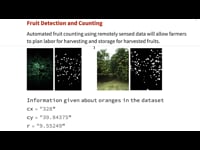 |
Zhamilya Bilyalova This presentation introduces computational farming and addresses the questions "How can we collect better, more accurate data about farm conditions?" and "How can we use this data to make effective ... |
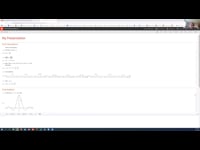 |
Cliff Hasting, Kelvin Mischo Mathematica Online provides a browser-based environment to access notebooks with no installation or plugin, making it a nice complement to a local installation of Mathematica and allowing the user to access it from any internet-enabled device (laptop, Chromebook, iPad, etc.). Especially in today's world of online or hybrid courses and remote work, having access to and knowledge of how to utilize Mathematica Online along with Mathematica Desktop is instrumental so work is not slowed or stopped by lack of ... |
 |
Jan Poeschko This talk is about how we put Mathematica on the web, from its early beginnings to our future plans for the Wolfram Cloud. Jan Poeschko discuss some challenges with implementing the notebook interface in web browsers, current limitations of the typesetting editor and how to work around them as a user. You will also learn a few things about the cloud object system, which is the basis for dealing with files in ... |
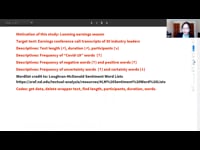 |
Fei Du After Q1 2020, companies were urged to disclose COVID-19's impact on their businesses in earnings conference calls. In this talk, Fei Du discusses her line-by-line transcript analysis of both the ... |
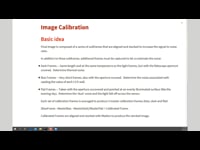 |
Tom Sherlock The Wolfram Language provides many features that facilitate the data and image processing associated with astrophotography, including image and video import and export, arithmetic and statistical operations, filtering, and parallel and morphological processing. Wolfram Language code can process noisy image data into much-higher-quality images. Tom Sherlock explains how to filter, align and stack still image data in order to reduce noise ... |
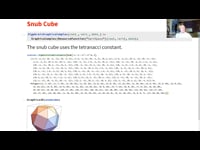 |
Ed Pegg A previously unknown substitution tiling can be built from powers 0 to 4 of a complex root of x^3 == x^2 + 1. In this talk, Ed Pegg discusses how algebraic numbers and barycentric coordinates ... |
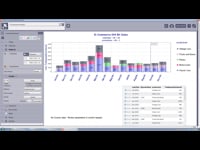 |
Ariel Sepulveda, PhD Ariel Sepulveda of Pronto Analytics demonstrates a GUI-based application for analytics and report generation. D4 CR is a data analysis and report-generation system where users type requests to generate enlightening ... |
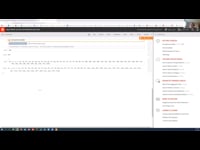 |
Cliff Hasting, Kelvin Mischo Mathematica Online provides a browser-based environment to access notebooks with no installation or plugin, allowing the user to access it from any internet-enabled device. We illustrate the basics of creating a notebook with calculations in Mathematica Online, as well as how to share notebooks and finished projects between Desktop and Online in ... |
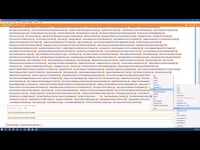 |
Jeremy Stratton-Smith, Peter Falloon, Paco Jain, Brad Janes Let's learn what's new in Wolfram|Alpha Notebook Edition. We discuss adding full Wolfram Language functions to the Wolfram Function Repository that would still provide educational use for users. See ... |
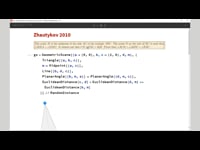 |
Shenghui Yang This talk from Shenghui Yang demonstrates how to use Wolfram Language functions to help us understand the idea behind the construction proof. Good visualization is critical to help focus on the important part in a complicated GeometricScene. He also shows the proper use of HatchFilling to highlight the featured area to outline pivot steps. Shenghui's Olympiad Euclidean geometry hobby and ... |
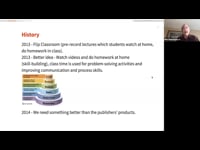 |
Michael Weimerskirch The University of Minnesota has deployed the Minnesota Online Learning System (MOLS) using webMathematica to deliver online assessments to students. The Mathematica evaluation engine used to determine the correctness of a student's response is the best in the business. Grades are securely reported to instructors and students within the MOLS environment. Details about Wolfram server deployment options can be found at this link |
 |
Keiko Hirayama, Yuting Qiu, Laura Crawford |
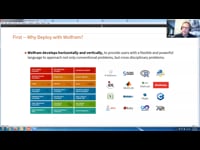 |
Brad Harden, Jon Harwood, Jeff Todd Learn more about how to deploy your Wolfram Language code both across your organization and to external users. This talk demonstrates examples and benefits of leveraging technologies like Wolfram Enterprise ... |
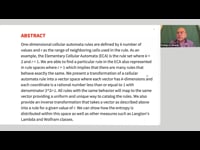 |
Rodrigo Obando One-dimensional cellular automata rules are defined by k number of values with r as the range of neighboring cells used in the rule. As an example, the elementary cellular automata (... |
 |
Daniel Carvalho, MSc. Computer Engineering There are lots of interesting public web APIs that can be used to obtain images for tests and training with artificial intelligence and machine learning algorithms. We will see an ... |
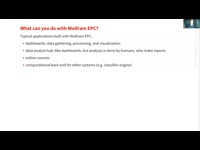 |
Joel Klein When should you choose Wolfram Enterprise Private Cloud (EPC) for an online project and how do you make it work? This talk from Joel Klein covers what you can do ... |
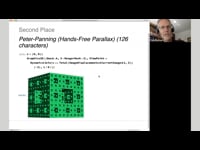 |
Chris Carlson |